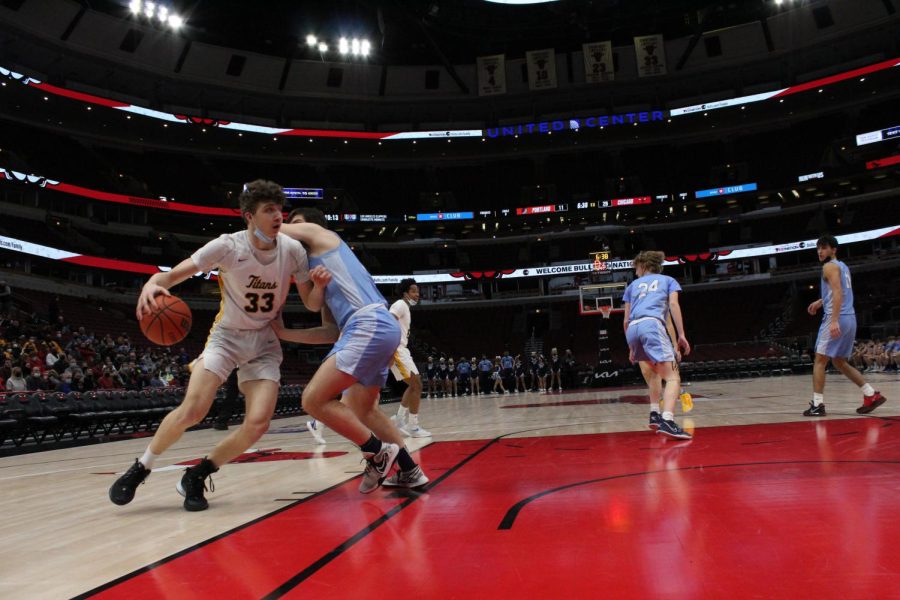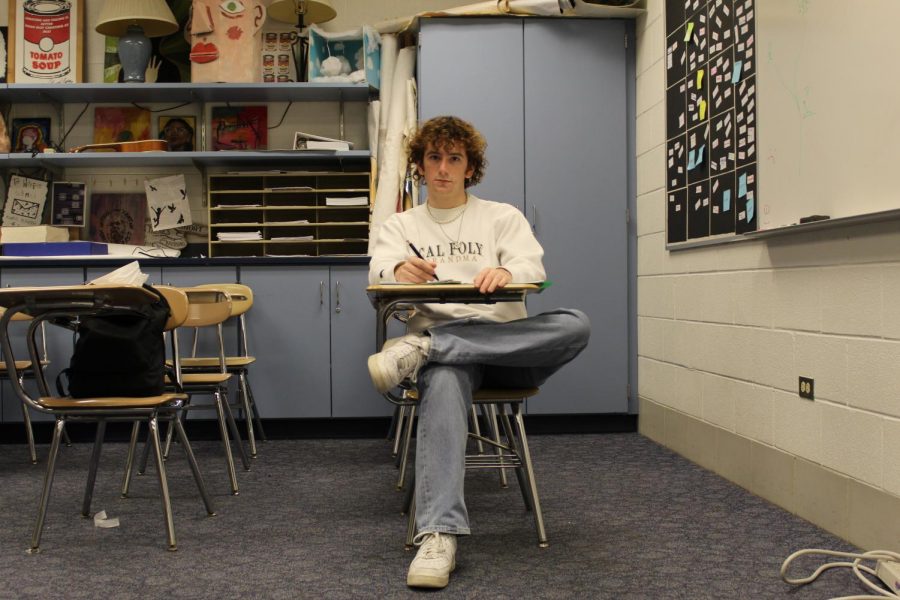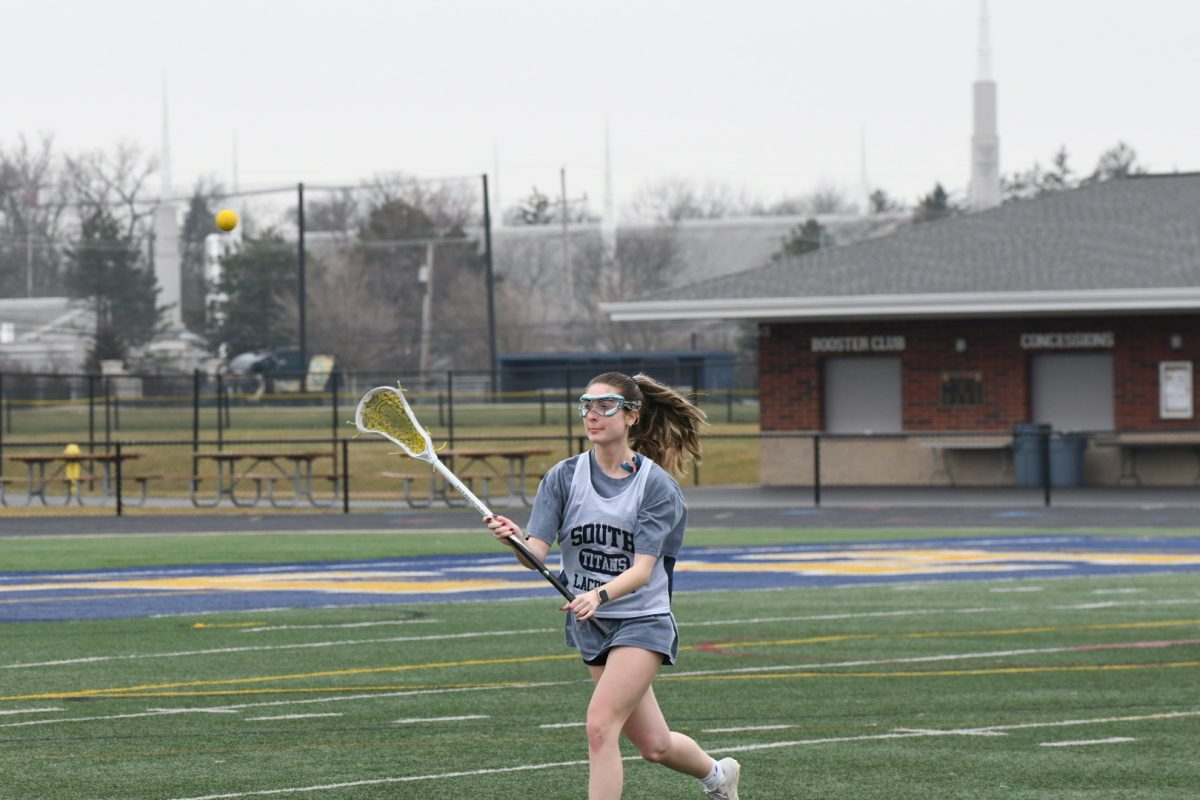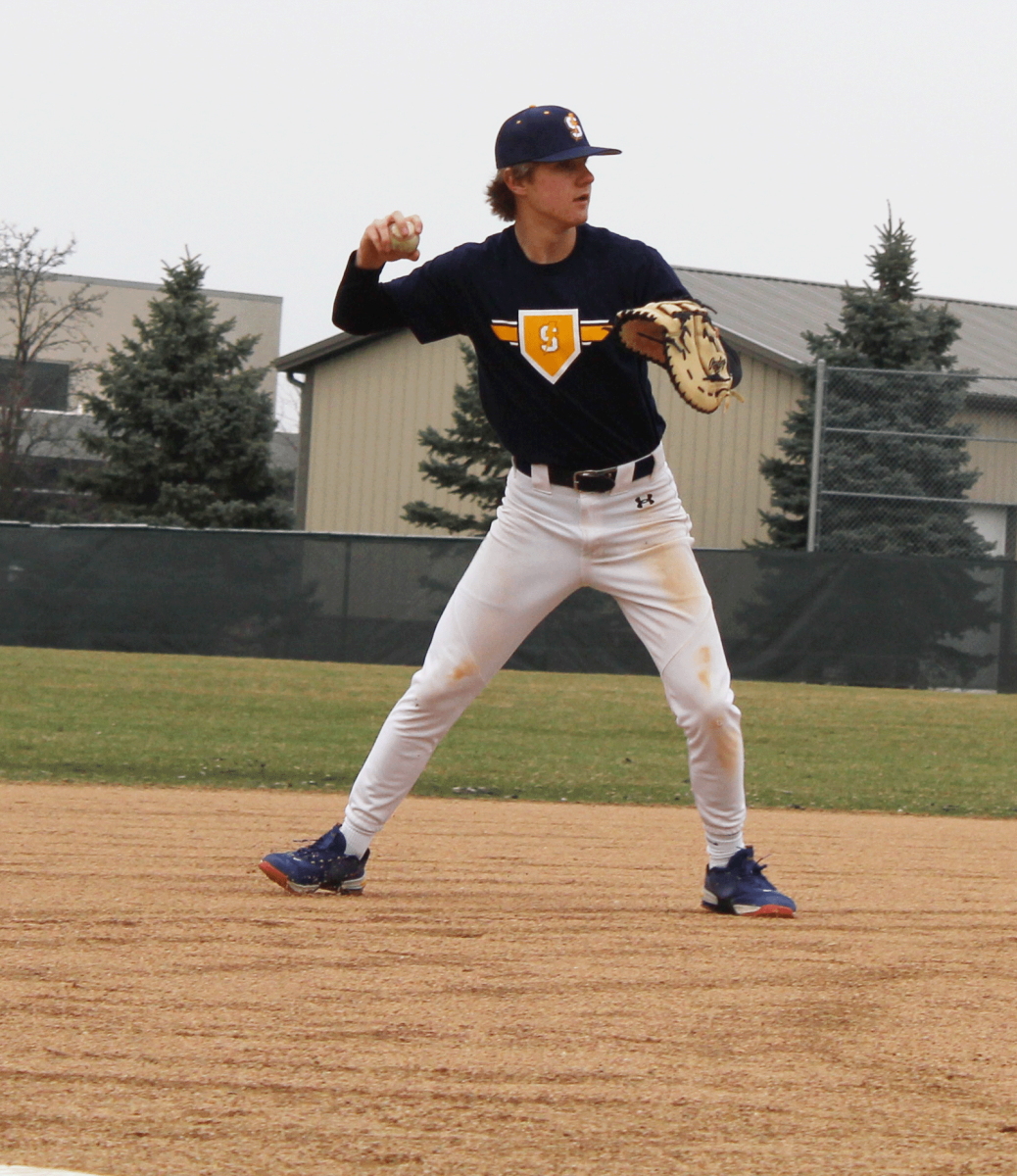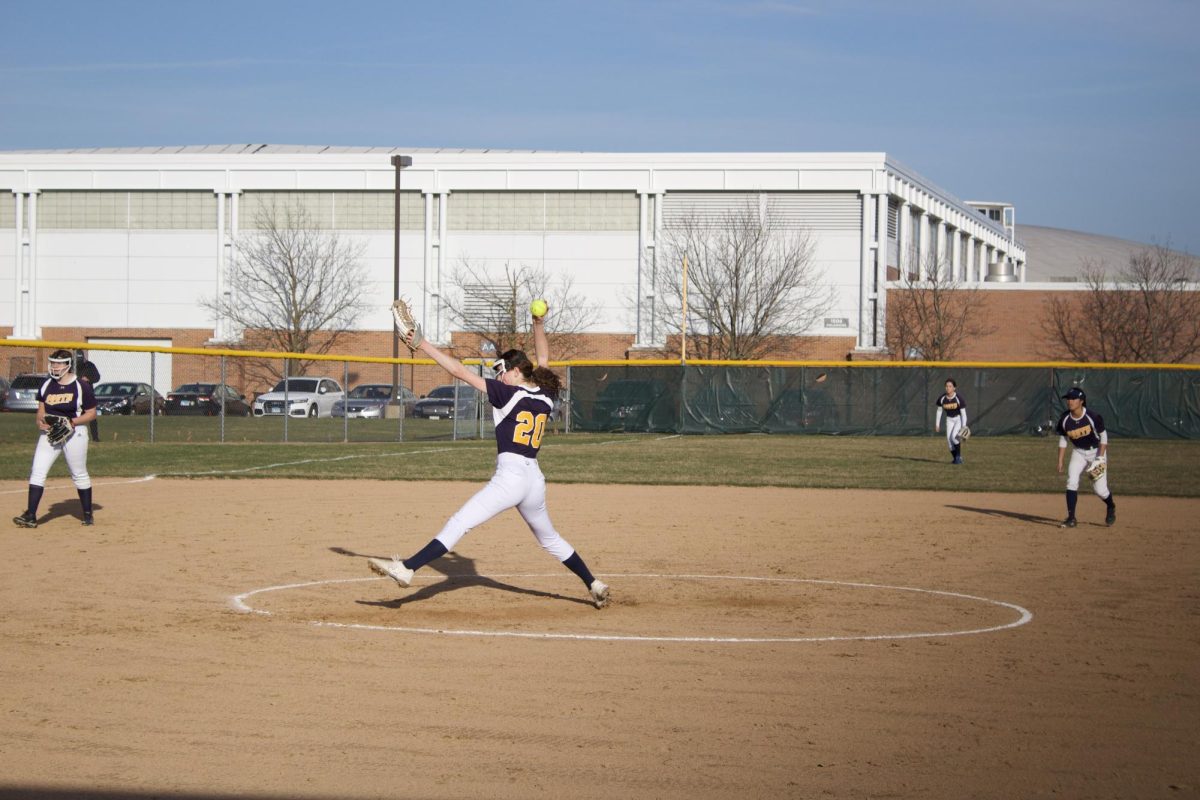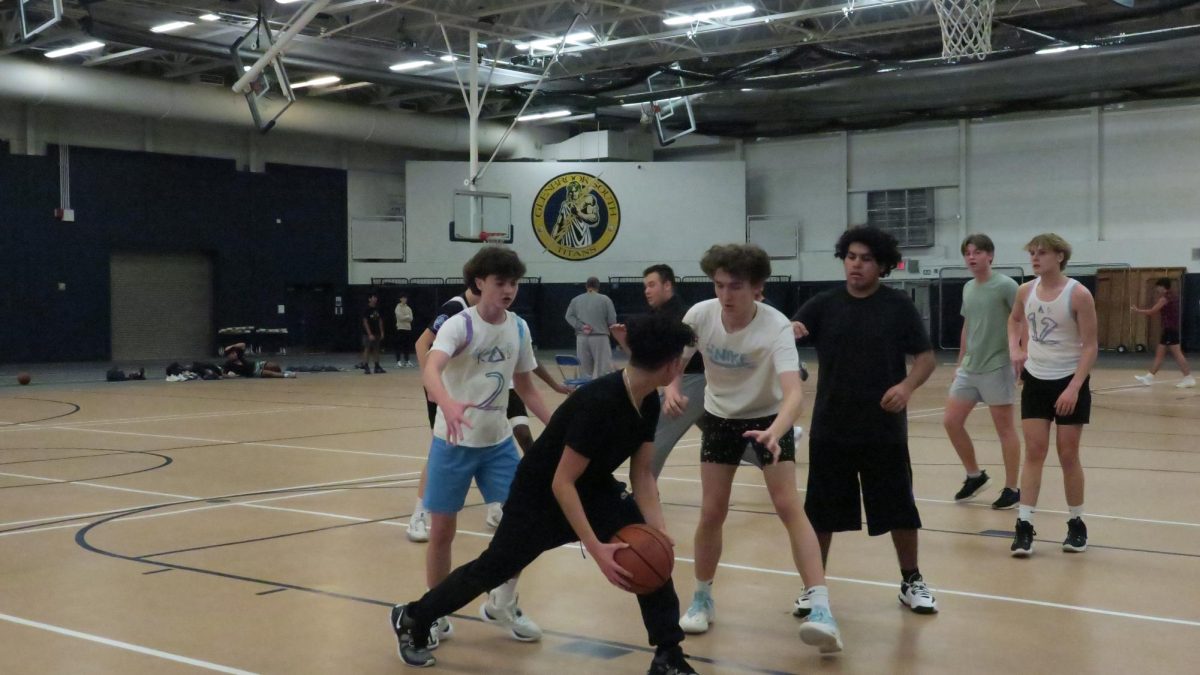This past spring, college basketball experienced arguably its strangest championship game as Shabazz Napier and the seventh seeded Connecticut Huskies defeated the eighth seeded Kentucky Wildcats. Napier took the tournament’s Most Outstanding Player award; however, his play in the tournament was not the only thing that warranted headlines.
Days before the championship game, in a post-practice interview, Napier revealed something that captured the attention of the sports world: “I don’t feel student-athletes should get hundreds of thousands of dollars, but […] there’s hungry nights, and I’m not able to eat and I still got to play up to my capabilities,” Napier said. The poverty of these athletes was exposed as a real conflict, and the conversation on whether student-athletes should be paid has come back under the national spotlight.
The NCAA acted promptly to Napier’s plea and instituted a meal plan for athletes, both scholarship and walk-ons, which grants them unlimited meals and snacks as a part of their participation in college athletics. While this is a nice supplement to help out those athletes who may lack some of the basic necessities, star college athletes are gold mines for universities, and, by rule, the players are prohibited from seeing a dime of these profits.
When you walk on the streets and see someone sporting a Texas A&M football jersey with the number two gracing the front and back, the immediate association is with former star quarterback, Johnny Manziel, despite the fact that the name “Manziel” is omitted from the jersey. Last year, according to ESPN, Texas A&M jerseys accumulated nearly 60,000 dollars in sales. This figure excludes any shirts using Manziel’s famed nickname “Johnny Football” or the use of his jersey number on a shirt.
While this figure is minuscule in comparison to the 72 million dollars made by the school, the arrival of Manziel caused an increase of 9 million dollars in revenue for the school and propelled it to 14th on Forbes list of Most Valuable College Football teams, after being left out of the top 20 the previous year. Don’t these athletes deserve to see some of this profit?
If college athletes were to be paid, this would obviously require some kind of split. In 2013, the University of Texas athletics generated 165.7 million dollars in revenue. Of that, the football team, despite not performing to standards, brought in 139 million dollars of the 165.7 million dollars, approximately 84 percent of the athletic revenue.
By this logic, a football player should be making a hefty amount more than a volleyball player. Schools should be proportionally distributing the money based on how much each sport brings in. The universities that provide their athletes with so much, such as practice facilites and special tutors, are entitled to a hefty amount of the revenue because without their assitance, student athletes would not be able to perform to their potential.
On the contrary, these kids are not asking for hundreds of thousands of dollars. Some of these kids just need enough to support themselves with basic necessities like food and deserve to have enough to support themselves.
Many argue that these players, if they stay in college all four years, already receive hundreds of thousands of dollars through scholarships. But what some fail to realize is that, if it were still possible, some of these athletes would like to take the “LeBron James Route” and skip college altogether and reap the benefits of a multi-million dollar contract straight out of high school.
The stars of college sports are restricted because leagues like the NFL and NBA now require their players to attend college before entering their amateur drafts. If these players suffer career-ending injuries in college, the NCAA is potentially costing them millions of dollars that they could be making while playing professionally.
A newly developed trend for NBA prospects to elude the “college route” is to play overseas for a year where the players can earn money, sign endorsement deals and negotiate insurance policies to protect their future earnings in the event of an injury. One of these players to skip college is 2014’s number two overall high school prospect, Emmanuel Mudiay, who committed to play at Southern Methodist University. However, Mudiay reconsidered his decision and dropped his basketball scholarship at SMU to play for China’s Guangdong Tigers, while earning 1.2 million dollars for his services, and signed an endorsement deal with Under Armour.
With a profitable loophole present in the situation, why are these athletes required to attend college in the first place? If colleges want to continue to produce star athletes, the NCAA is going to have to start feeding these kids their “greens.”





